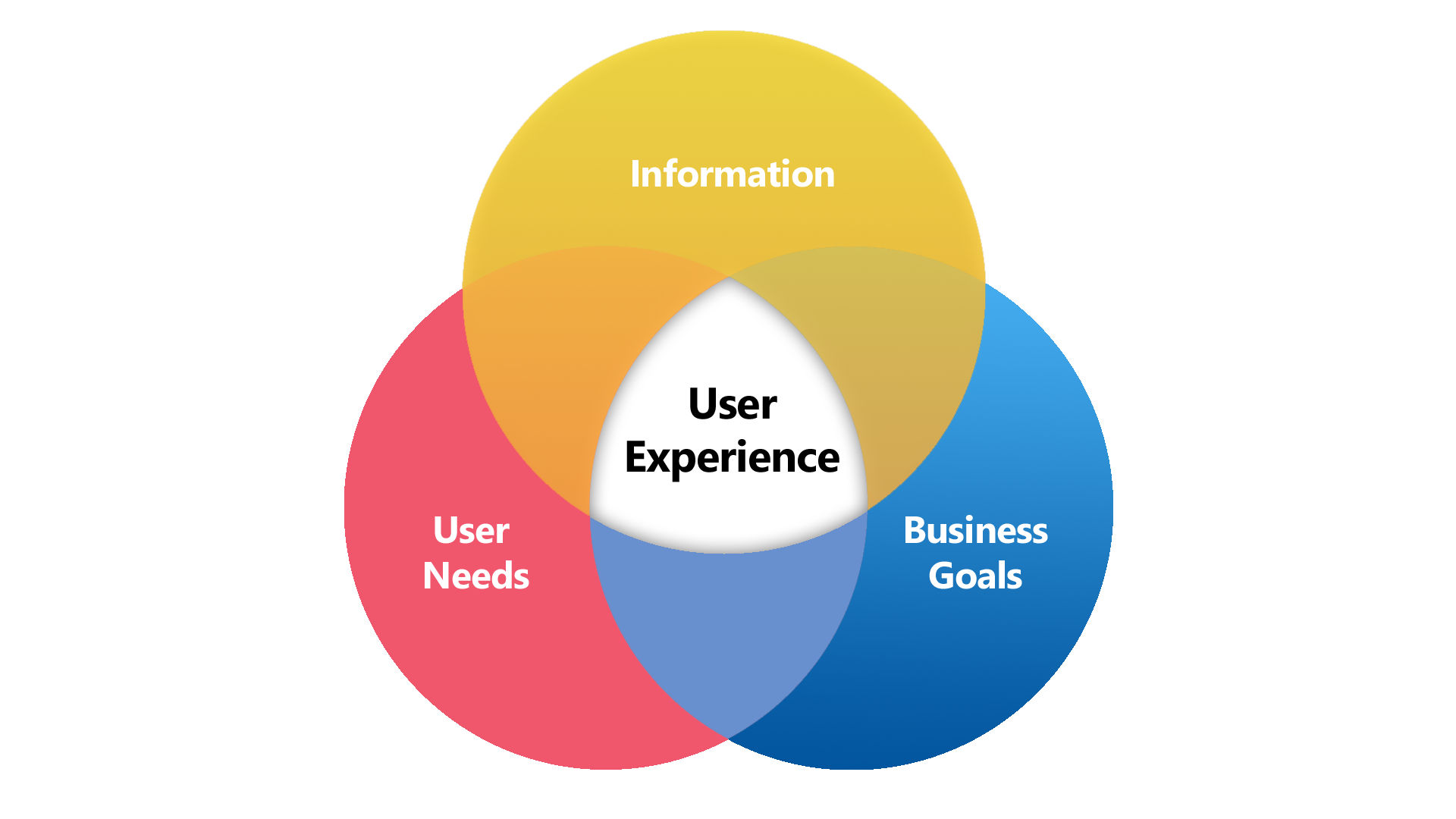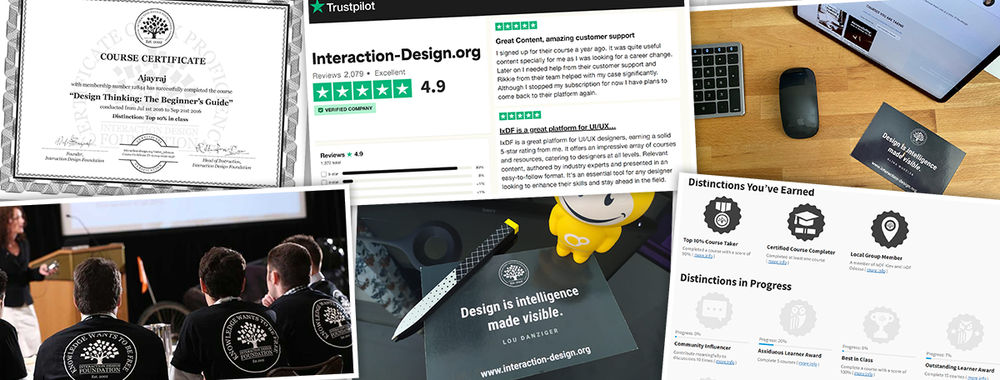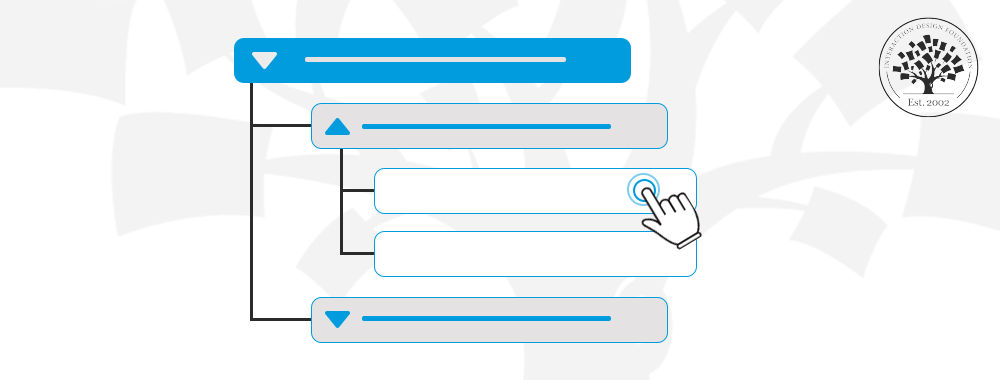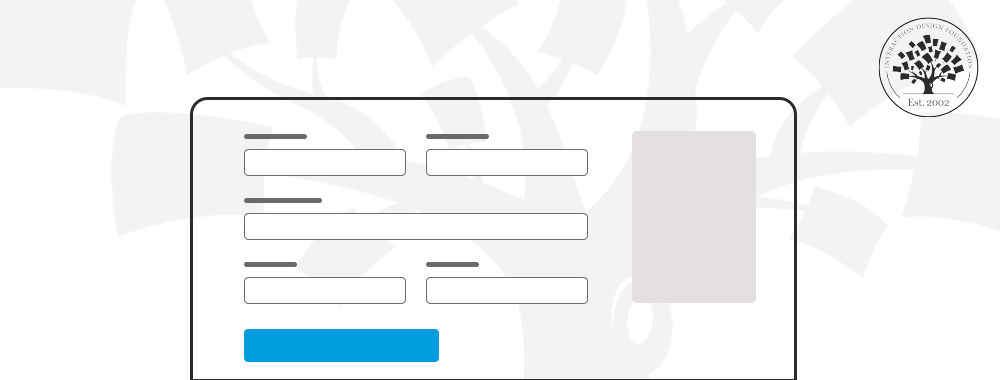We’re not here to tell you how to run your business but (and isn’t there always a but in a sentence like that?) we would like to ask many of the companies that we come across; “why is there no UX representative in the senior management team?”
UX is not Customer Experience

Author/Copyright holder: Borys Kozielski. Copyright terms and licence: CC BY 4.0
Customer experience normally does get a seat at the strategic table. The trouble is that UX is a small part of the customer experience (at least for the Customer Services Director/Vice-President) and they tend to dwell too much on the brand experience or customer journey rather than the user experience of interacting with a product.
We’ve also noticed that many customer experience representatives don’t have the technical know-how to represent UX at a senior level either.
What Would a UX Member of the Senior Management Team Do?
There are some fairly critical tasks that need carrying out at a strategic level in order for UX work to have the maximum impact on the user. This includes:
Developing the UX strategy for the company. It also means defining the UX vision. What is it that your users should feel about your products? How would they communicate that to others?
Integrating UX into marketing, research and development, customer care, and product management. All too often these departments end up dictating what they want from UX rather than seeing UX as intrinsic to delivering their work successfully too.
Measuring the return on investment of UX related activity. This would require the setting of key performance indicators, necessary metrics and of course specific business objectives that can be reported on. It’s this reporting that demonstrates the strategic value of UX over time.
Define the responsibilities for UX on the ground. Will it be covered by a specific UX team? Could it be done using existing roles and building UX responsibilities into those roles? The trick is to align the objectives of UX and great design so that people can see clear benefits to their work from using UX techniques.
Evangelize the need for UX. There are so many new buzzwords introduces into organizations on a near daily basis that it’s easy for everyone to say; “great idea let’s do that!” and then promptly forget about it afterwards. If you want to make UX central to the way people work – you need to keep preaching the benefits from a position of semi-authority.
Organizational feedback for UX efforts. This is really important. The UX senior manager needs to explain to the organization they work for when things go right and why they matter. They need to help their people build a connection between the importance of UX theoretically and the importance in practice.
Yes, we’re a touch biased when it comes to the importance of UX but it is essential for UX people to start making the jump to the most senior of business positions in a lot more organizations. The UX of a product determines its’ success. There can be no more strategic role in any company than making sure that the UX provided matches up to the expectations of its users.
References & Where to Learn More
Header Image: Author/Copyright Holder: Mamooli. Copyright license and terms: CC BY-NC 2.0












